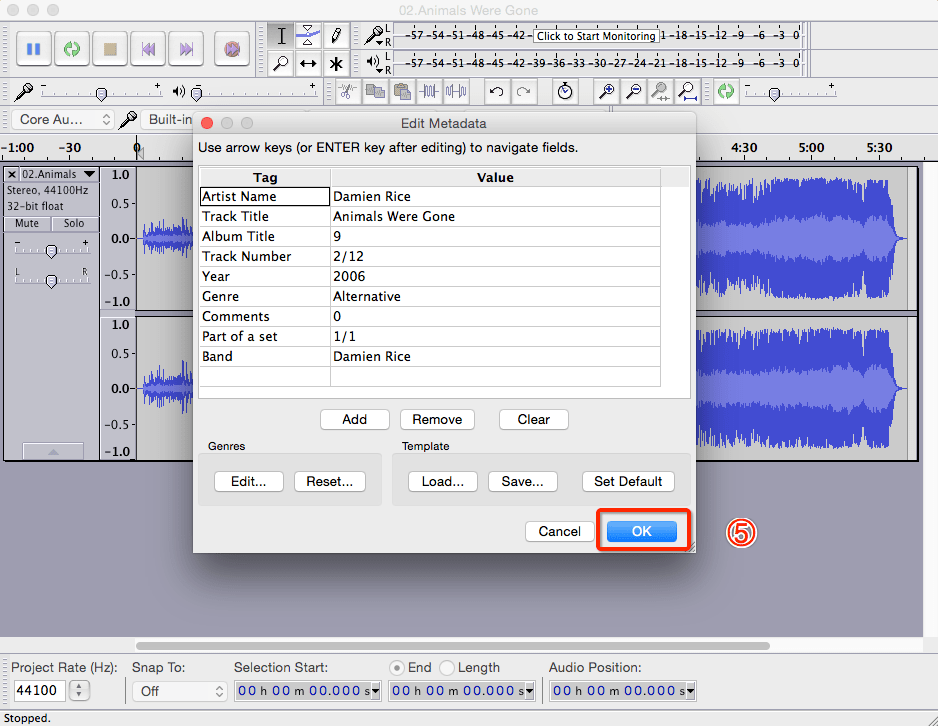
Rhythmbox is an audio player inspired by Apple iTunes.It supports regular expression and Boolean algebra-based searches, and is stated to perform efficiently with music libraries of tens of thousands of tracks. Its distinguishing features are a rigorous approach to tagging (making it especially popular with classical music fans) and a flexible approach to music library management. Quod Libet is a GTK based audio player, written in Python, using GStreamer or Xine as back ends.The default backend is GStreamer framework but Muine can also use xine libraries. Muine is written in C# using Mono and Gtk#. Muine is an audio player for the GNOME desktop environment.
MIDI TO MP3 FORMAT FREE
MIDI TO MP3 FORMAT SOFTWARE

And more information about how hard to strike the note - It records data like "at 23.1 seconds into the track, strike middle C, moderately hard" - It is intended to capture and replay musical instruments, not human speech, jet planes, etc See: However, MP3 could be compared to a cassette tape - it records which frequencies appeared, how fast they appeared, how slowly they decayed, and how loud they got in-between. MIDI adds extra channels for drums and other instruments.

The holes contains information about which note to strike, and when - this allows you to play a tune - MIDI is a digital equivalent, with the information stored as digital bytes rather than holes in paper. You could compare MIDI to the roll of paper in an old player piano. They cannot be converted the other way to regain the original quality, so I always save the original recording in case I want to burn it to CD and get the best quality sound. There are lots of free programs to convert them from WAV to MP3. I record most of my performances in WAV format, then, if I wish to share them over the internet, compress them into MP3s. If you use a fairly high MP3 rate of compression, say 320, then it's hard for most ears to tell the difference in sound from the original file. The sounds that were originally recorded are what you get! WAV format is where most of them start, and they are compressed by the MP3 format to save space, since WAV files are really large in comparison. Some instruments can now transpose them to a degree. MP3s are compressed recordings of sounds. There are lots of better explanations on the internet, but this should give you an idea. that are tailored to work best with their sound banks. There are also expanded formats such as Yamaha's XG, Korg's GS. It is not mandatory to use the GM format, but it makes it easier to work with if you have an idea of what sounds will be called up from what channels. For example drums are on 10, and sometimes 9, bass on 2, lead instrument, if any, is on 4 etc.

There is a more or less accepted format for them, called General Midi, where certain sounds or groups of sounds are assigned to selected channels. Midi files are nothing more than a set of instructions that tell your keyboard or other sound source what to do.


 0 kommentar(er)
0 kommentar(er)
